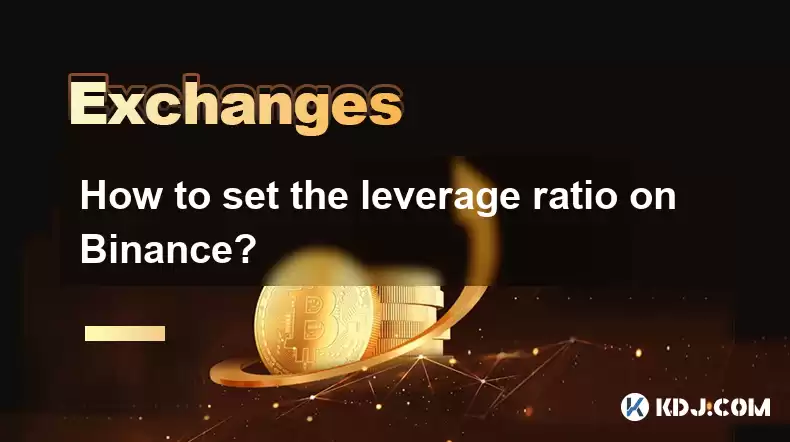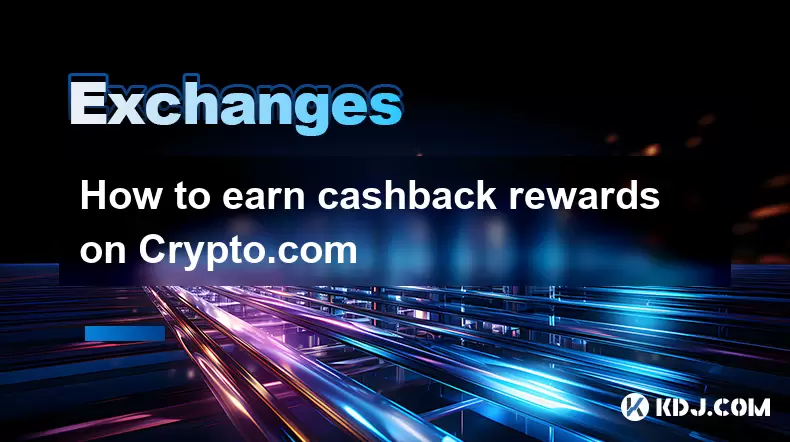-
 Bitcoin
Bitcoin $119000
-2.21% -
 Ethereum
Ethereum $4315
1.01% -
 XRP
XRP $3.151
-3.11% -
 Tether USDt
Tether USDt $0.0000
0.00% -
 BNB
BNB $808.5
-0.71% -
 Solana
Solana $175.8
-4.21% -
 USDC
USDC $0.9999
0.00% -
 Dogecoin
Dogecoin $0.2250
-3.92% -
 TRON
TRON $0.3469
1.77% -
 Cardano
Cardano $0.7818
-3.81% -
 Chainlink
Chainlink $21.47
-2.10% -
 Hyperliquid
Hyperliquid $43.30
-6.81% -
 Stellar
Stellar $0.4370
-2.84% -
 Sui
Sui $3.682
-4.40% -
 Bitcoin Cash
Bitcoin Cash $590.8
2.67% -
 Hedera
Hedera $0.2484
-5.20% -
 Ethena USDe
Ethena USDe $1.001
0.00% -
 Avalanche
Avalanche $23.10
-4.29% -
 Litecoin
Litecoin $119.2
-3.96% -
 Toncoin
Toncoin $3.409
0.90% -
 UNUS SED LEO
UNUS SED LEO $9.016
-1.29% -
 Shiba Inu
Shiba Inu $0.00001304
-3.82% -
 Uniswap
Uniswap $11.18
1.33% -
 Polkadot
Polkadot $3.913
-3.51% -
 Cronos
Cronos $0.1672
-3.08% -
 Dai
Dai $1.000
0.02% -
 Ethena
Ethena $0.7899
-4.70% -
 Bitget Token
Bitget Token $4.400
-1.23% -
 Pepe
Pepe $0.00001132
-5.93% -
 Monero
Monero $257.9
-6.44%
How to set the leverage ratio on Binance?
Binance's leverage trading lets you amplify profits, but also losses; leverage is set per trade, not globally, requiring careful risk management and understanding of margin requirements before use.
Mar 16, 2025 at 04:00 am

Key Points:
- Binance offers leverage trading on its platform, allowing users to amplify their potential profits (and losses).
- The leverage ratio is set on a per-trade basis, not globally for your account.
- Understanding margin requirements and risk management is crucial before using leverage.
- The exact process may vary slightly depending on the trading pair and the interface you are using.
- Binance offers different leverage levels depending on the asset and trading pair.
How to Set the Leverage Ratio on Binance
Binance allows users to engage in leveraged trading, magnifying potential gains but equally amplifying potential losses. Setting the leverage ratio isn't a one-time account setting; it's determined for each individual trade. This gives you control to adjust your risk profile on a trade-by-trade basis. Before you start, ensure you understand the risks involved.
To utilize leverage, you'll first need a Binance account and sufficient funds in your margin account. If you haven't already enabled margin trading, you'll need to do so through the Binance interface. This usually involves navigating to the "Margin" section of the platform and following the on-screen instructions. Remember to carefully review the terms and conditions before enabling this feature.
The process of setting the leverage ratio differs slightly depending on whether you are using the classic or the advanced trading interface. Both provide the necessary tools, but their presentation differs. Regardless of the interface, you will always select the leverage level before placing your order.
Using the Classic Interface:
- Locate the trading pair you wish to trade.
- Once you've selected your trading pair, you'll see options to specify the order type (limit, market, etc.).
- Near the order quantity field, you should find a setting to adjust the leverage. This is usually a dropdown menu or a numerical input field.
- Select your desired leverage ratio. Remember, higher leverage means higher risk.
- Review your order details carefully, paying close attention to the margin requirements.
- Place your order.
Using the Advanced Interface:
- Similar to the classic interface, you will select your trading pair.
- The advanced interface usually presents a more detailed order form.
- Locate the leverage setting within this form; it is often clearly labelled.
- Choose your desired leverage. Binance will indicate the maximum allowable leverage for the chosen trading pair.
- Double-check all order parameters before execution.
- Confirm your order.
Understanding Margin Requirements:
Leverage trading requires a margin, which is the amount of your own funds you commit to the trade. The margin requirement is determined by the leverage ratio and the trade size. For example, 10x leverage means you only need 10% of the trade value as margin. Binance will clearly display the margin requirement before you confirm your trade. Insufficient margin can lead to liquidation, where your position is automatically closed to prevent further losses.
Available Leverage Levels:
Binance offers various leverage levels, but the maximum available leverage varies considerably depending on the asset and trading pair. Some pairs may offer 1x to 5x leverage, while others might allow up to 125x. It's crucial to check the specific leverage options for your chosen trading pair before placing your order. The platform clearly displays the available leverage options for each asset. Always prioritize safety and risk management.
Risk Management:
Leverage trading significantly increases risk. Losses can quickly exceed your initial investment. Always use stop-loss orders to limit potential losses. These orders automatically close your position when the price reaches a predetermined level. Never invest more than you can afford to lose. Thoroughly understand the risks before engaging in leveraged trading. Consider using smaller amounts initially to gain experience.
Frequently Asked Questions:
Q: What is the maximum leverage available on Binance?
A: The maximum leverage on Binance varies significantly depending on the specific cryptocurrency trading pair. It can range from a low of 1x to as high as 125x for some pairs. Always check the specific leverage options for your selected trading pair before initiating a trade.
Q: Can I change the leverage ratio during an open trade?
A: No, you cannot change the leverage ratio after placing a trade. The leverage is set at the time of order placement and remains fixed for the duration of the trade.
Q: What happens if I don't have enough margin?
A: If your margin balance falls below the maintenance margin requirement, Binance may issue a margin call. If the margin balance continues to decline, your position will be liquidated (automatically closed) to prevent further losses.
Q: Are there fees associated with leverage trading on Binance?
A: Yes, Binance charges fees for leveraged trading. These fees typically include trading fees and potential interest charges on borrowed funds. The specific fee structure depends on the trading pair and the chosen leverage level. Review Binance's fee schedule for detailed information.
Q: Where can I find more information about leverage trading on Binance?
A: Binance provides comprehensive documentation and support resources on its website. You can find information on leverage trading, margin trading, and risk management within their help center and FAQs section. Additionally, Binance offers educational materials to help users understand the intricacies of leveraged trading.
Disclaimer:info@kdj.com
The information provided is not trading advice. kdj.com does not assume any responsibility for any investments made based on the information provided in this article. Cryptocurrencies are highly volatile and it is highly recommended that you invest with caution after thorough research!
If you believe that the content used on this website infringes your copyright, please contact us immediately (info@kdj.com) and we will delete it promptly.
- Unich's OTC Exchange: Surging with $1.2B Volume – What's the Hype?
- 2025-08-13 02:50:11
- MoonBull's Explosive Moves: Your Crypto Whitelist Ticket to Ride!
- 2025-08-13 02:30:11
- MAGACOIN Finance: Don't Miss the Presale Bonus!
- 2025-08-13 02:30:11
- Trump's Crypto Kingdom: $2.4 Billion and Counting
- 2025-08-13 02:50:11
- Solana, LSTs, and SEC Approval: A New Dawn for Crypto?
- 2025-08-13 02:55:12
- Bitcoin's Profit Surge: Unpacking the BTC Value Boom
- 2025-08-13 02:55:12
Related knowledge

How to use margin trading on Poloniex
Aug 08,2025 at 09:50am
Understanding Margin Trading on Poloniex

How to read the order book on KuCoin
Aug 10,2025 at 03:21pm
Understanding the Order Book Interface on KuCoinWhen accessing the order book on KuCoin, users are presented with a real-time display of buy and sell ...

How to read the order book on KuCoin
Aug 12,2025 at 02:28am
Understanding the Basics of Staking in CryptocurrencyStaking is a fundamental concept in the world of blockchain and cryptocurrencies, particularly wi...

How to set price alerts on Kraken
Aug 11,2025 at 08:49pm
Understanding Price Alerts on KrakenPrice alerts on Kraken are tools that allow traders to monitor specific cryptocurrency pairs for price movements. ...

How to earn cashback rewards on Crypto.com
Aug 12,2025 at 02:08am
Understanding Cashback Rewards on Crypto.comCashback rewards on Crypto.com are a feature designed to incentivize users to spend using their Crypto.com...

How to use advanced trading on Gemini
Aug 08,2025 at 04:07am
Understanding Advanced Trading on GeminiAdvanced trading on Gemini refers to a suite of tools and order types designed for experienced traders who wan...

How to use margin trading on Poloniex
Aug 08,2025 at 09:50am
Understanding Margin Trading on Poloniex

How to read the order book on KuCoin
Aug 10,2025 at 03:21pm
Understanding the Order Book Interface on KuCoinWhen accessing the order book on KuCoin, users are presented with a real-time display of buy and sell ...

How to read the order book on KuCoin
Aug 12,2025 at 02:28am
Understanding the Basics of Staking in CryptocurrencyStaking is a fundamental concept in the world of blockchain and cryptocurrencies, particularly wi...

How to set price alerts on Kraken
Aug 11,2025 at 08:49pm
Understanding Price Alerts on KrakenPrice alerts on Kraken are tools that allow traders to monitor specific cryptocurrency pairs for price movements. ...

How to earn cashback rewards on Crypto.com
Aug 12,2025 at 02:08am
Understanding Cashback Rewards on Crypto.comCashback rewards on Crypto.com are a feature designed to incentivize users to spend using their Crypto.com...

How to use advanced trading on Gemini
Aug 08,2025 at 04:07am
Understanding Advanced Trading on GeminiAdvanced trading on Gemini refers to a suite of tools and order types designed for experienced traders who wan...
See all articles

























































































